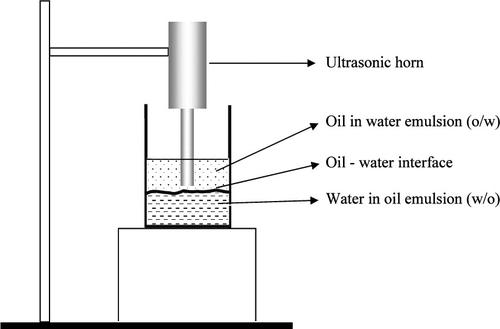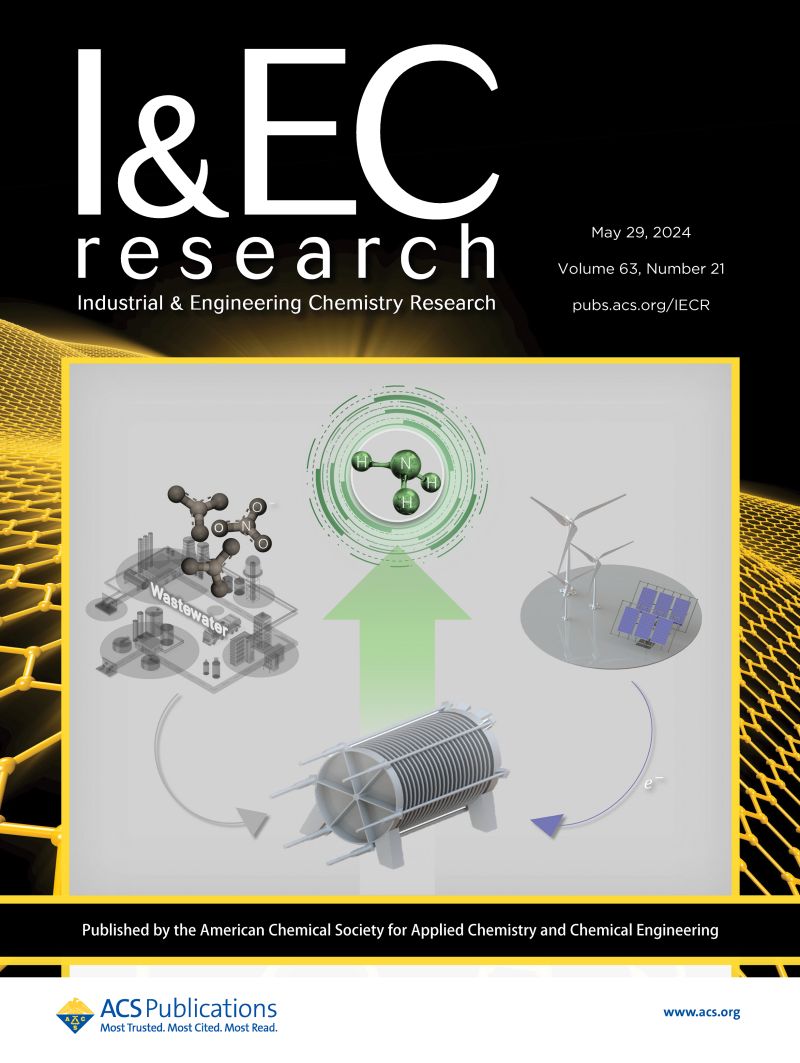Ultrasound Emulsification: Effect of Additives on Dispersed Phase Volume and Droplet Size
IF 3.8
3区 工程技术
Q2 ENGINEERING, CHEMICAL
引用次数: 0
Abstract
Ultrasonic emulsification of oil and water was carried out to observe the effect of addition of a minimal amount of surfactant. The effect of ultrasound irradiation time, power, and physicochemical properties of oil on the dispersed phase volume and dispersed phase droplet size has been studied. The increase in the irradiation time increases the dispersed phase volume, while it decreases the dispersed phase droplets size. With an increase in the ultrasonic irradiation power, there is an increase in the fraction of volume of the dispersed phase, while the droplet size of the dispersed phase decreases over the same irradiation time. The fractional volume of the dispersed phase is higher for the case of the groundnut oil–water system, while it is low for the paraffin (heavy) oil–water system. The droplet size of soyabean oil dispersed in water is found to be small, while that of paraffin (heavy) oil is found to be large. These variations could be explained on the basis of varying physicochemical properties of the system, i.e., viscosity of oil and the interfacial tension. During the ultrasonic emulsification, a coalescence phenomenon which is relatively weak has also been observed, which can be attributed to the collision of small droplets when the droplet concentration increases (higher dispersed phase hold-up) and the acoustic streaming strength is higher.

求助全文
约1分钟内获得全文
求助全文
来源期刊

Industrial & Engineering Chemistry Research
工程技术-工程:化工
CiteScore
7.40
自引率
7.10%
发文量
1467
审稿时长
2.8 months
期刊介绍:
ndustrial & Engineering Chemistry, with variations in title and format, has been published since 1909 by the American Chemical Society. Industrial & Engineering Chemistry Research is a weekly publication that reports industrial and academic research in the broad fields of applied chemistry and chemical engineering with special focus on fundamentals, processes, and products.
 求助内容:
求助内容: 应助结果提醒方式:
应助结果提醒方式:


